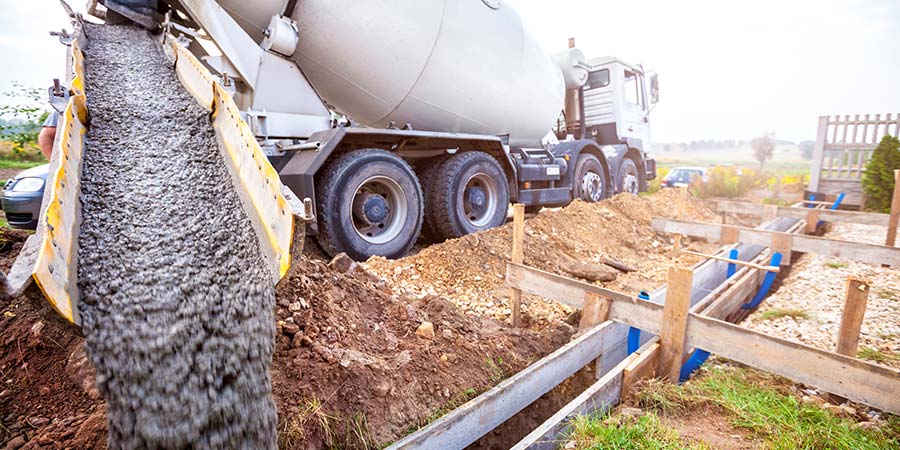Measuring concrete stickiness

No one wants their concrete to be too sticky. Even highly flowable concrete can be heavy and difficult to pour, place and finish, and it can stick to the drum and tools. Beyond these hassles, sticky concrete is prone to defects. Bugholes, or surface air voids, are more likely to occur when the concrete mix is too sticky. Stickiness can’t be vibrated away. If there’s too little vibration, it is difficult for air to escape. This can cause blistering at the surface of the concrete slab. If there’s too much vibration, excess fines will move to the surface, and this can cause crusting.
Sticky concrete can be caused by a number of factors, including:
- Low water-to-cementitious ratio
- Too high content of fine aggregates or irregularly shaped or graded aggregates
- High cementitious content
There isn’t a set industry definition of, nor standard for measuring concrete stickiness. However, there are two methods that are commonly used to assess stickiness and compare reductions in stickiness between mixes. Although the above testing methods were not designed specifically to measure stickiness, they are useful for this purpose.
The T500 test assesses the flowability and flow rate of concrete by gauging the time it takes for the outer edge of flowing concrete to reach an average diameter of 500mm. The V funnel test assesses the viscosity and flowability of the concrete.
To conduct a T500 test:
- Prepare the cone and base plate and place it in a stable, level position.
- Fill the cone without any agitation or rodding and strike off the surplus from the top of the cone.
- Allow the filled cone to stand for not more than 30 seconds.
- During this time, remove any spilled concrete from the base plate. Ensure the base plate is damp but does not have any excess water.
- Lift the cone vertically in one movement without interfering with the flow of the concrete.
- Record the amount of time taken to the nearest 0.1second for the concrete to reach the 500mm circle at any point.
- Measure the diameter of the flow spread at the right angles to the nearest 10mm and record it.
- Check the concrete spread for segregation.
To conduct a V funnel test:
- Use a metal, V-shaped funnel with a quick release, watertight gate at its base.
- Set the V funnel on firm ground and moisten the inside surface of the funnel.
- Open the trapdoor to allow any surplus water to drain.
- Close the trapdoor, and place a bucket underneath.
- Fill a V-shaped funnel with fresh concrete with a maximum size aggregate of 20 mm.
- Strike off the concrete level with the top of the trowel.
- Open the funnel within 10 seconds after filling the trap door to allow the concrete to flow out.
- Record the time from the complete discharge to when light is seen from above through the funnel.
If you are using admixtures to alleviate concrete stickiness, timing measurements should be taken of the original (i.e., sticky) mix and then compared with an improved mix after admixtures are incorporated into the concrete mix.
Tags
- ADVA Cast
- ADVA®
- MIRA®